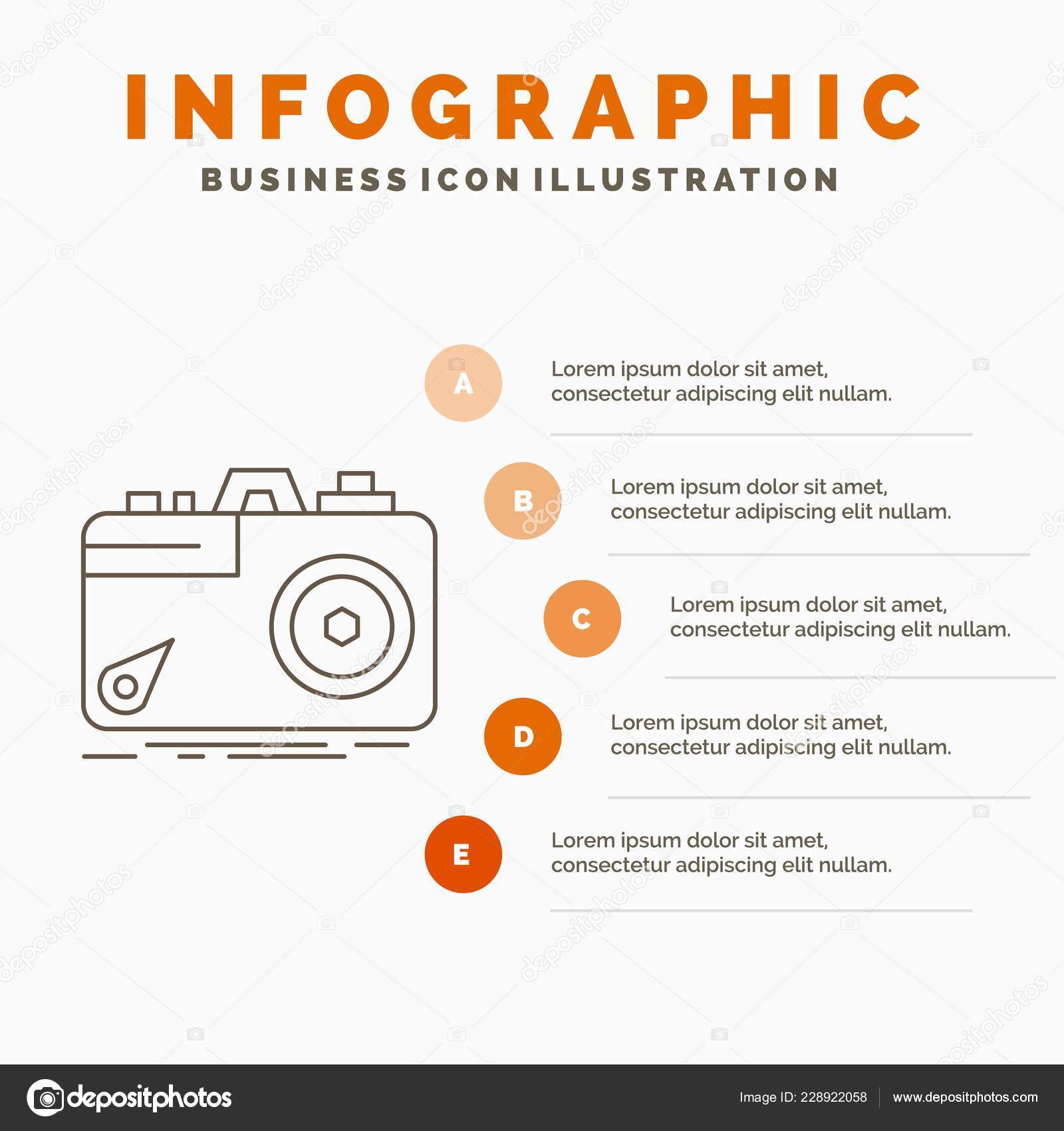What Every Digital Photographer Ought To Learn About Illumination
What Every Digital Photographer Ought To Learn About Illumination
Blog Article
Short Article Created By-Greenwood Olsson
As a digital photographer, you recognize that illumination can make or break your images. Understanding the nuances of both natural and fabricated light is essential for recording the state of mind and quality you go for in your job. Whether you're chasing the excellent gold hour radiance or adjust your synthetic setups, grasping these components can elevate your digital photography considerably. However there prevail mistakes that several overlook, and recognizing them can change your method to every shoot. Allow's explore what you might be missing out on and exactly how it can affect your outcomes.
Comprehending Natural Light
Understanding natural light is critical for any kind of digital photographer seeking to improve their work. http://wilmer75priscila.booklikes.com/post/6564470/open-your-mind-to-a-globe-of-innovative-photography-ideas-that-challenge-conventions-and-motivate-imagination-revealing-a-new-dimension-of-your-creative-vision 's the foundation of excellent digital photography, influencing state of mind, tone, and quality. When you shoot outdoors, take notice of the time of day. The gold hour-- shortly after sunup and before sunset-- uses soft, cozy light that can change common scenes right into spectacular images.
Do not take too lightly the power of cloudy days. Cloud cover diffuses sunlight, producing a soft, even light that's best for pictures and macro photography. You'll locate colors appear this type of lights without extreme darkness.
Positioning issues, too. Constantly consider your subject's alignment to the light. If the sun's behind your topic, you may wind up with a silhouette, which can be remarkable yet mightn't be what you desire. Alternatively, direct sunshine can develop unflattering shadows.
Explore angles; often, altering your perspective can produce remarkable outcomes. Usage all-natural reflectors, like water or sand, to bounce light onto your topic, including measurement.
Learning Artificial Light
Grasping fabricated light is vital for professional photographers that wish to take their abilities to the following degree. Whether you're using speedlights, studio strobes, or continuous lights, recognizing exactly how to control these resources can dramatically enhance your pictures.
Begin by acquainting yourself with the fundamentals of light high quality, instructions, and shade temperature level. Try out various modifiers like softboxes, umbrellas, or grids to regulate the soft qualities or cruelty of the light.
You'll locate that soft light often develops lovely results, while harsher light can add dramatization and depth. Do not shy away from darkness; they can improve the three-dimensionality of your topics.
Pay close attention to the positioning of your lights. A light positioned also close to your topic can produce uncomplimentary outcomes, while also far away can bring about a lack of detail. Use a light meter or your camera's histogram to ensure you're revealing appropriately.
Last but not least, remember that artificial light can be blended with ambient light for imaginative results. Balancing these sources might take practice, but once you master it, your photography will absolutely radiate.
Techniques for Various Situations
When you step into various shooting scenarios, adjusting your lights methods is important for recording the best photos. For exterior portraits, use the golden hour-- morning or late afternoon light-- to soften darkness and improve skin tones.
If it's an extreme lunchtime sunlight, think about making use of a reflector to jump light back onto your topic or look for shaded locations for a more even exposure.
In low-light scenarios, like indoor events, enhance your ISO and utilize a vast aperture to let in more light. Best professional photographer near me can assist get rid of electronic camera shake, allowing for longer exposures without obscuring.
If you're shooting at evening, explore off-camera flash to develop vibrant lighting and depth in your images.
For product digital photography, use diffused lighting to avoid severe reflections. Softboxes or light outdoors tents can assist achieve this effect.
When photographing landscapes, consider the direction of light and time of day, as it can dramatically alter the state of mind of your shot.
Constantly prepare to readjust your settings and positioning based on the scenario, as flexibility is crucial to mastering lighting in photography.
Conclusion
Finally, mastering lighting is vital to elevating your photography skills. Embrace https://www.slrlounge.com/photography/wedding/ -natural light's elegance during gold hour, and do not avoid experimenting with man-made light techniques. By adjusting https://zenwriting.net/brande7rich/unlock-the-tricks-to-locating-the-perfect-video-camera-for-your-needs-yet to various scenarios, you'll record magnificent pictures that reverberate with feeling and quality. Keep in mind, the best illumination can transform a regular shot into something extraordinary, so maintain exercising and refining your understanding of both all-natural and fabricated light. Delighted shooting!
